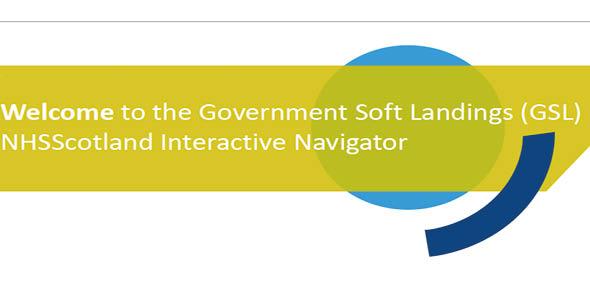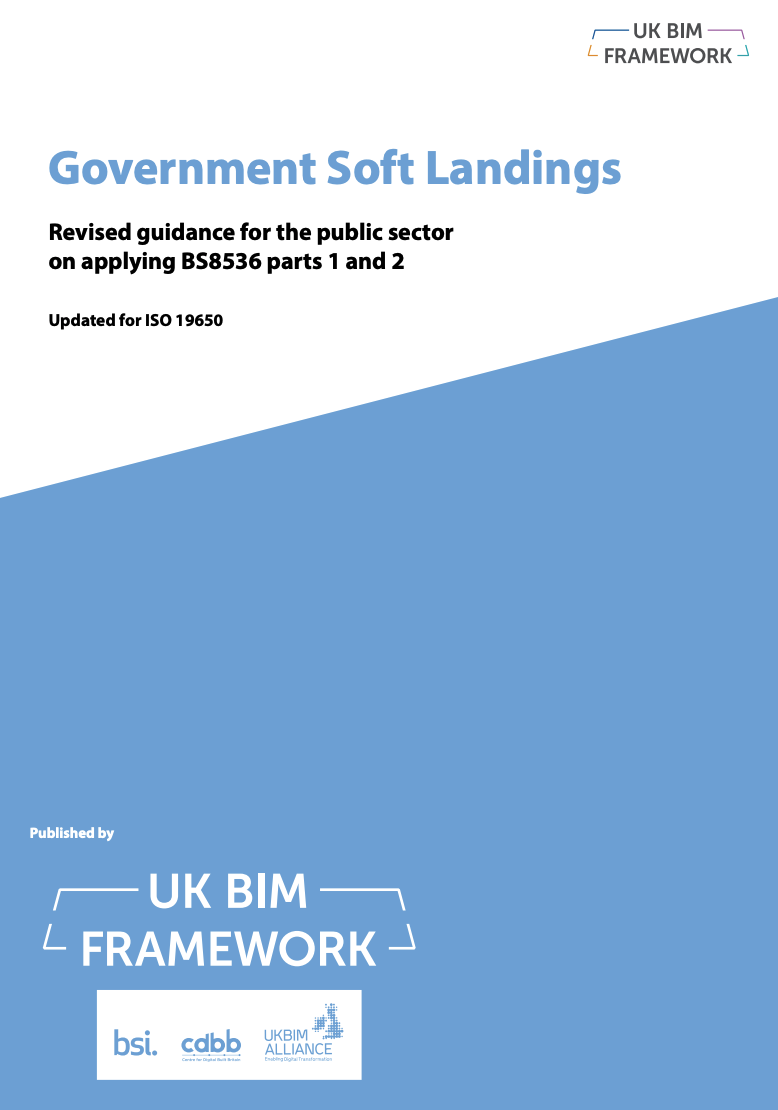
Submitted by Angela Walters on Fri, 20/11/2020 - 15:37
David Philp, digital impact director for the Construction Innovation Hub, highlights the benefits the Government Soft Landings (GSL) approach brings to improving performance and outcomes of our built assets to ensure they improve whole-life value to users, owners and society at large.
The cost of maintaining and operating a building during its lifecycle often far outweighs the original cost of its construction. Getting the transition right from build phase to operation is therefore essential. This is particularly true for social infrastructure like schools and hospitals, which should be delivering not only better outcomes for their end-users (patients and students), but for society and the environment more broadly.
This is exactly what the Government Soft Landings (GSL) approach sets out to achieve. GSL, however, goes further than the traditional “soft landings” approach by requiring clear, measurable targets, post-occupancy evaluation (POE) and, crucially, a smooth transition of data and information contained in the project information model to that required for facility operation in the form of the asset information model.
Building better schools
As part of our four-year transformative programme, the Construction Innovation Hub is working with pioneering Whitehall departments and other public sector organisations to develop tools that can be applied across the sector to improve briefing, business case, design, construction, use and management across an asset’s lifespan. These pioneers include NHS Scotland, Scottish Futures Trust (working with the Scottish Government) and the Department for Education, who are working to develop tools that can be used by schools, hospitals and other government clients such as the Ministry of Justice to realise the benefits.
During a webinar I hosted last month for Digital Building Week, the Department for Education’s Stephen Batcheler offered some fascinating insights into how the dedicated GSL navigator tool led to better planning, construction, management and operation of schools and share more information about that has been developed as a training aid for DfE project managers.
All school construction projects now adopt the DfE Soft Landings strategy from project inception and follow it throughout the development of the project, not just at handover. This ensures that the new building reflects the school’s requirements for building functionality and operational performance, but is sufficiently flexible and adaptable to accommodate future changes.
GSL also helps to ensure that the transition from construction site to building occupation is streamlined and schools to make sure that new and refurbished school buildings meet the school’s performance requirements for both staff and pupils from day one. In terms of implementing the approach for the school building programme a bespoke DfE GSL strategy that aligned with existing DfE project and contract management processes and also with the latest UK BIM Framework guidance. Training programmes and presentations were delivered to DfE project managers, technical advisers, contractors and their supply chain.
Patients put first
The benefits that this approach is also unlocking for NHS Scotland are a prime example of the progress made in this space and, crucially, how learnings could be shared across the wider sector. NHS Scotland and the Construction Innovation Hub have collaborated on an interactive GSL process map which provides a framework and reference for government departments and other public sector organisations to create their own specific plan that responds to their unique business requirements and procedures.
Health Facilities Scotland is helping embed GSL across the NHS Scotland boards and it is already being successfully utilised on several of their flagship projects, providing common/unifying understanding and unlocking the benefits across the health system. The navigator guides users through setting operational strategy, clear purpose and user needs defined within the brief to meet the required outcomes and ensuring these are delivered. It encourages collaborative stakeholder engagement, ensuring feedback and lessons learned informs the brief and design strategy.
Outcomes, outcomes, outcomes
By starting the process of delivering a new built asset with the end user in mind, we can ensure that we create hospitals that promote improved healthcare provision, schools that improve teaching outcomes, and houses that are better for residents to live in and will also saves them money on their energy bills. Simply put, Government Soft Landings supports better operational and societal outcomes.
The Government Soft Landings report provides guidance for the public sector in applying BS8536 parts 1 and 2 and reflects the changes introduced by the publication of the international standard suite ISO19650. The report published by the UK BIM Framework – the overarching approach to implementing BIM in the UK, brought to you by UK BIM Alliance, BSI and CDBB.
Contact: David Philp
This blog first appeard on BIM Today and is reposted with permission.

